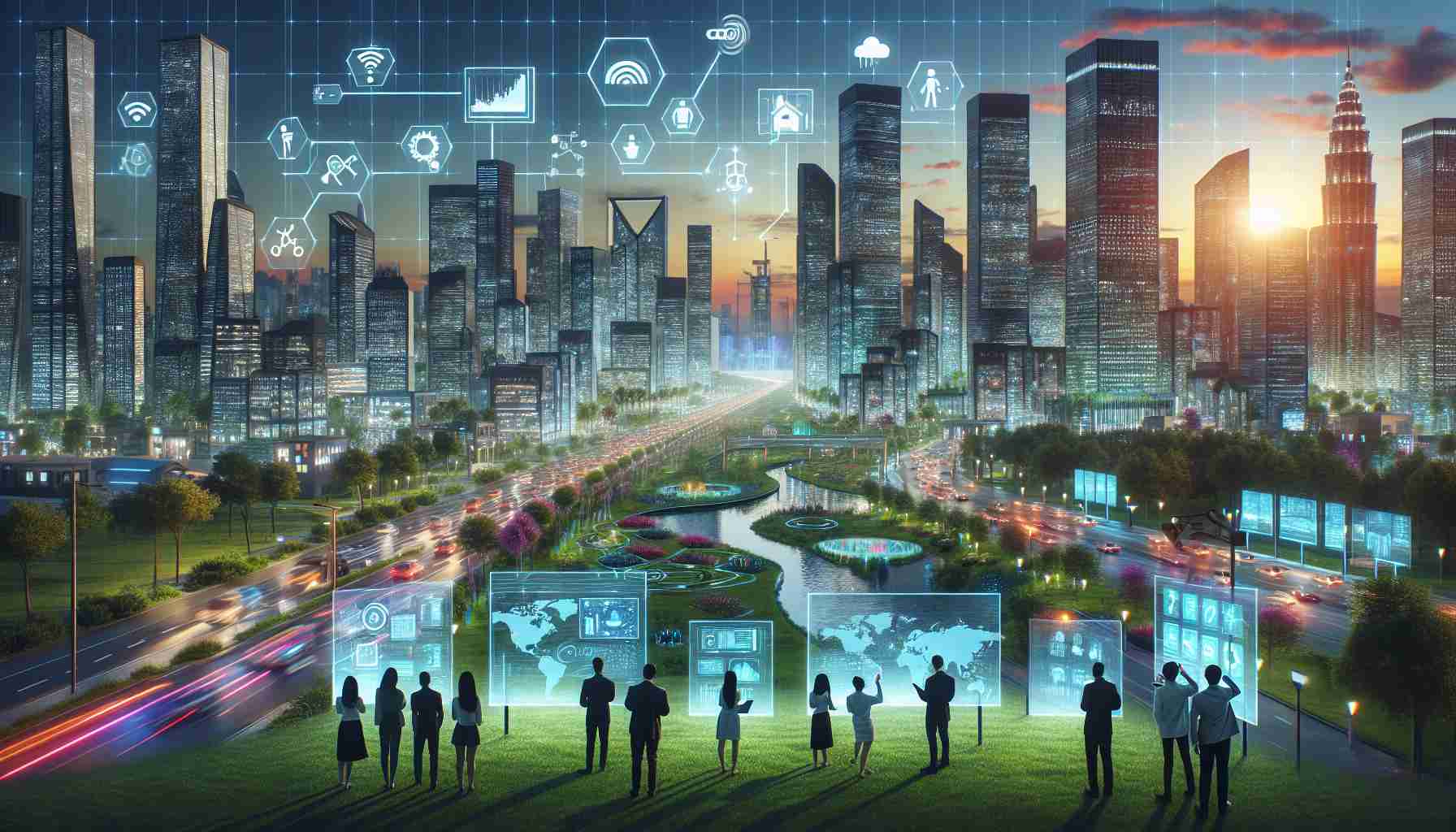The concept of smart cities has been widely discussed as a solution to urban challenges, but this repetition has raised doubts and skepticism. While smart cities focus on technology and efficiency, they often overshadow the real issues that cities face.
Understanding cities is a complex task as they are comprised of a multitude of elements, including people, businesses, and ideas. Solutions that seem magical can emerge without a clear understanding of the underlying problems. As a result, the term “smart city” has become vague and lacks a definitive purpose.
The dissatisfaction with smart cities may stem from the disconnect between expectations and reality. Initially, the idea was presented as an innovative approach to improve residents’ quality of life and enhance urban efficiency. However, many cities continue to struggle with problems such as traffic congestion, gentrification, and limited access to public spaces, which cannot be solely addressed through technology.
Furthermore, cities are a reflection of the societies they belong to. A truly intelligent city cannot exist if it discriminates or segregates its residents. Smart cities should not be seen as a panacea for issues like inequality and pollution. Instead, they should be viewed as tools that can contribute to addressing some of the challenges faced by today’s cities.
While technology, algorithms, and sensors can be valuable, they should be deployed within a framework that emphasizes efficiency and consideration when evaluating problems and potential solutions. However, it is crucial to recognize that developing suitable public policies and reevaluating societal values are equally important in creating livable cities.
In conclusion, smart cities alone cannot solve all the challenges cities encounter. They can only be effective when accompanied by a broader understanding of social issues and a commitment to creating a more inclusive and sustainable urban environment. The path to truly intelligent cities lies not only in technological advancements but also in thoughtful consideration of social and environmental factors.
FAQ:
Q: What are smart cities?
A: Smart cities are urban areas that utilize technology, such as sensors and algorithms, to enhance efficiency and improve residents’ quality of life.
Q: Why is there skepticism around smart cities?
A: Skepticism arises due to the repetitive discussion of smart cities without a clear definition or purpose, leading to a disconnect between expectations and reality.
Q: Can smart cities solve all of a city’s problems?
A: No, smart cities alone cannot address all the challenges cities face, such as inequality and pollution. They are tools that can contribute to solving some problems but require a broader understanding of social issues.
Q: What is important in creating livable cities?
A: Alongside technology, it is crucial to develop appropriate public policies and consider social and environmental factors to create inclusive and sustainable urban environments.
Key Terms:
– Smart cities: Urban areas that leverage technology to enhance efficiency and residents’ quality of life.
– Traffic congestion: The condition of traffic characterized by slower speeds, longer trip times, and increased vehicles.
– Gentrification: The process of renovating and improving neighborhoods, often leading to displacement of lower-income residents by wealthier individuals.
– Inequality: Unequal distribution of resources, opportunities, and benefits within society.
– Pollution: The introduction of harmful substances into the environment, affecting air, water, and land.
Related Links:
– Smart Cities World
– Smart Cities Dive
– Investopedia: Smart City
The source of the article is from the blog maestropasta.cz
